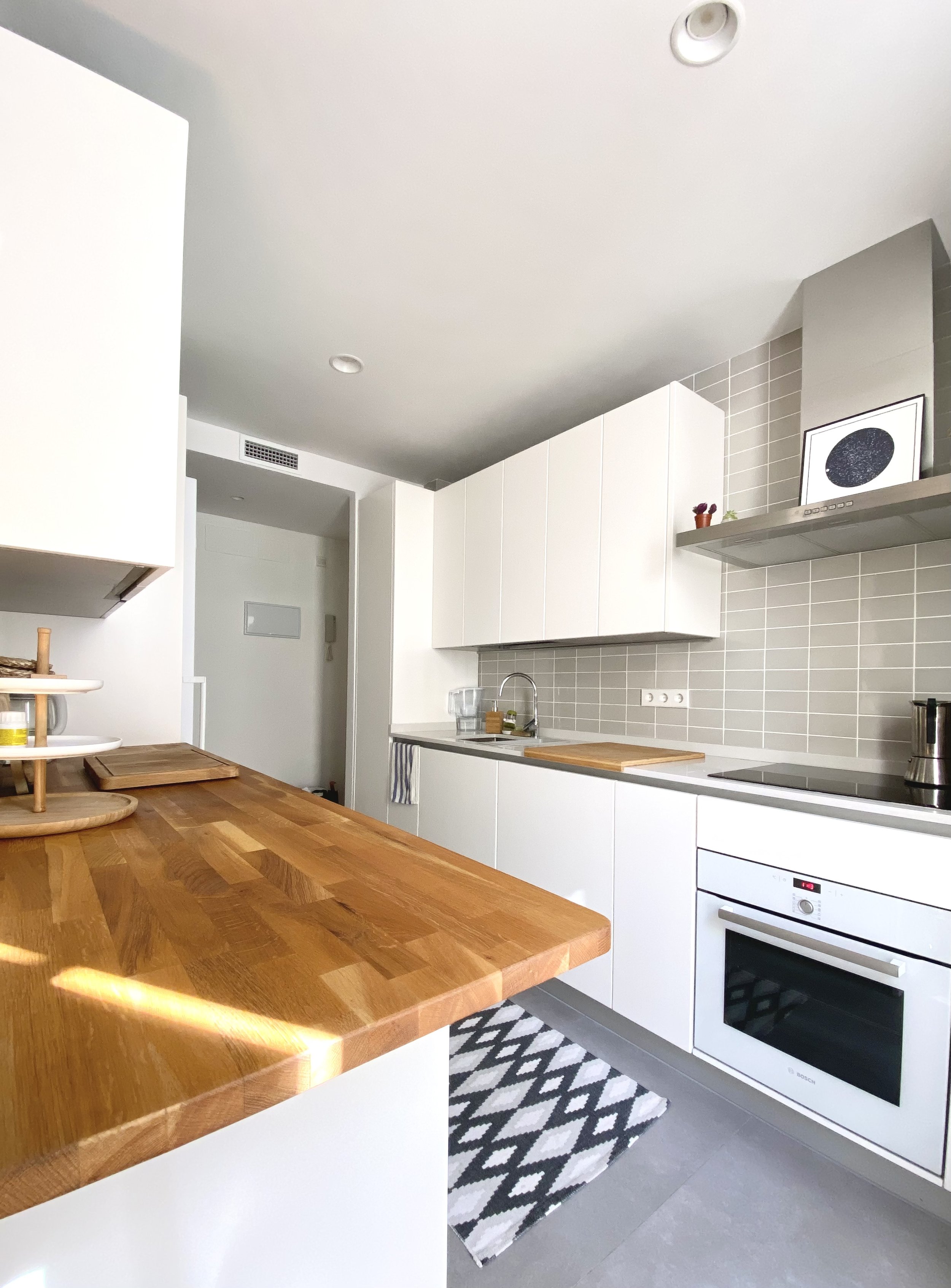I Was Tired of Feeling ‘Off’ at Home — Here’s What I Changed
There was a stretch of time when I couldn’t quite put my finger on why I felt so… off. Not overwhelmed, not unhappy - just a low-level friction that kept showing up in little ways. Like I was trying to live in a version of home that didn’t quite fit anymore.
Outgrowing My Own Space
What I eventually realized was this: my home hadn’t caught up with who I had become. It was full of things I used to love, clothes that used to fit, projects that used to excite me. But I’m not the same person I was two years ago. Or even six months ago. And yet, my space was still operating on an old script.
Clothes were a big one. So many items technically fit, but didn’t feel good. They were uncomfortable or made from fabrics I couldn't wait to peel off. Some were tied to old jobs or chapters I had quietly moved on from. Letting them go wasn’t just about closet space - it was about giving myself permission to grow.
A Home for Everything (Including the New Me)
I started noticing how many things didn’t have a proper place. Stuff I’d shift from one spot to another, never fully deciding where it belonged. That kind of visual clutter wears on you. Even when things looked “tidy,” they weren’t settled. And neither was I.
So I made the decision to start giving everything a home - or letting it go. No more keeping things out of guilt, “just in case,” or because I felt I should still be interested in something I no longer connected with. I wanted my home to reflect who I am now - not just who I was.
Spaces Change Because We Change
Homes are ecosystems. They’re meant to evolve and adapt as we do. Our needs, priorities, and routines shift, and our spaces should shift with them. That means the way our home functions today might not be the way it needs to function six months from now. And that’s okay.
Right now, we’re still figuring out our own home flow. What works. What doesn’t. How we move through the day. What needs to be accessible, and what doesn’t. It’s not a “one and done” process - it’s a constant conversation. A living space, not a fixed formula.
Navigating Differences Without Blame
One of the biggest shifts wasn’t just the stuff - it was how I talked about it. I opened up to my partner about how clutter impacts my mental and emotional health. Not as a complaint, and definitely not as a demand. Just a conversation. An invitation to understand each other better.
We realized we have different organizing styles and different thresholds for what feels “cluttered” or calm. And instead of trying to align perfectly, we focused on finding common ground. How do we want our space to feel? What are our shared priorities? What small compromises can we each make to support each other?
Growing Into the Space We Need
Clearing out the old hobby supplies, the unfinished projects, the clothes that made me feel off or slightly uncomfortable every time I put them on - none of it was dramatic. But it was deeply freeing. Each little decision was a step toward building a space that supports who I am today. Not yesterday.
And that’s the part I come back to the most: we don’t owe it to anyone (not even a past version of ourselves) to keep a home that no longer supports us.
We’re allowed to grow. We’re allowed to evolve. And our space should, too.
